Richard Logan from South Lanarkshire in Scotland travels the world on a quest to discover the most beautiful beaches and posts his photographs on his facebook page The Beach Hunter.
He shared with The Local some of his favourites beaches in northern Spain and explained why Spain’s Atlantic coast had so much more to offer than the Mediterranean.
“Northern Spain is a region that is becoming world famous for its spectacular and less crowded beaches (with a few exceptions), compared to those beaches you will find in the south of Spain,” Logan explains.
“The rugged green shores of the Atlantic coastline in the north and north-west present incredible views of natural beaches framed by lush and dramatic landscapes, yet to be overpowered by mass tourism.”
Here are some of his favourite beaches visited on a trip through the regions of Galicia, Asturias and Cantabria.
GALICIA
Playa de las Catedrales, near Ribadeo
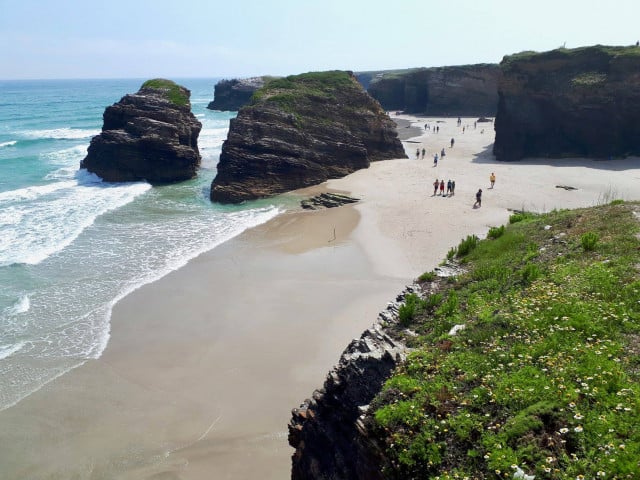
Praia das Catedrais, commonly known as Cathedrals Beach, or As Catedrais beach has been declared a National Monument by the regional government of Galicia. These names are a result of the giant rock formations that resemble the flying buttresses found in cathedrals.
This amazing natural wonder actually goes by many different names, but its official title is Praia de Augas Santas which translates to Beach of the Holy Waters. The beach is located in the Ribadeo municipality, in the province of Lugo.
Playa de Rodas, Cies Islands
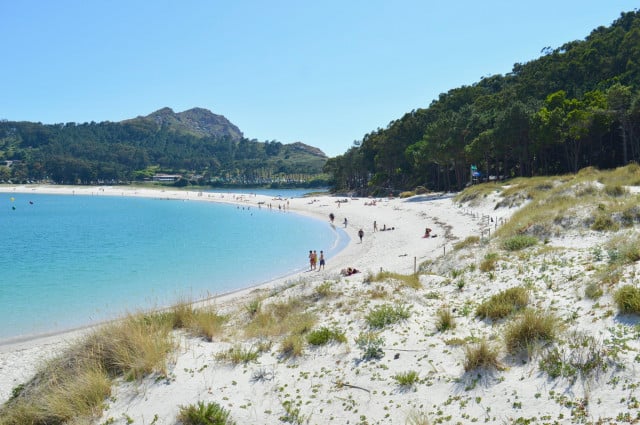
Three islands that make up the Cies Islands were created into a national park in 2002 limiting the number of visitors to the islands to 2,000 a day.
ASTURIAS
Portiellu de Cue, Llanes
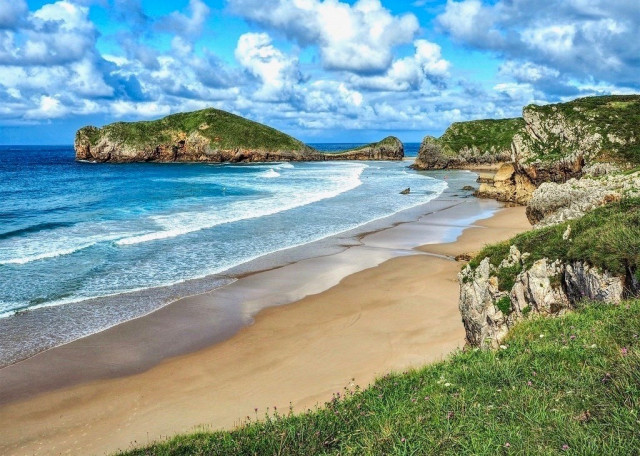
Reached by a footpath, this sandy cove with its rolling Atlantic waves is framed by verdant green hills and dramatic cliffs.
Playa La Franca, Ribadedeva
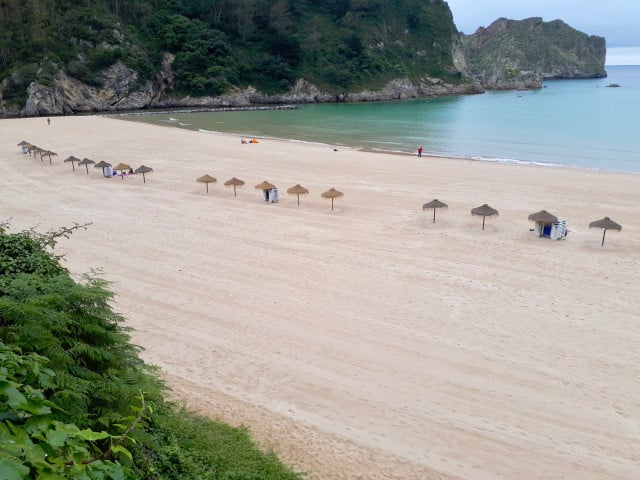
A long golden stretch of beach that is one of the most popular in eastern part of Asturias, when the tides out, various coves become accessible.
Playa de Torimbia, Nueva de Llanes
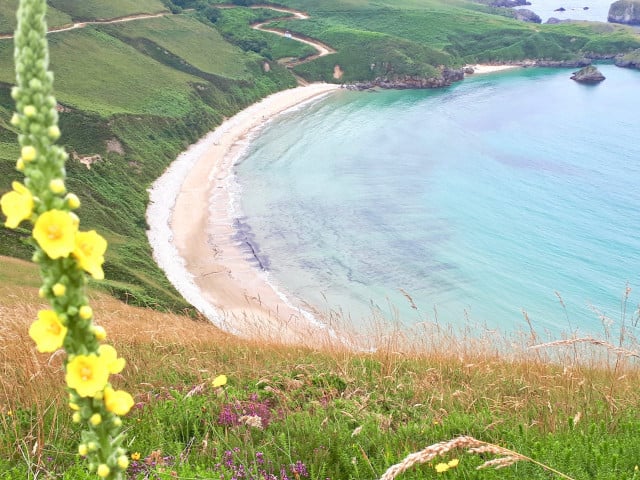
With crystal clear waters and golden sand it’s no wonder this 500metre curve of a beach is considered one of the most spectacular in the Asturias region.
Playa Rodiles, near Villaviciosa
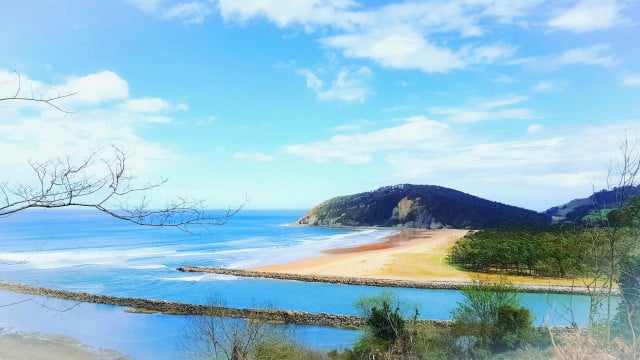
This beautiful sandy beach offers shade within the trees of the pine forest that lines the shore.
Playa Barayo, near Luarca
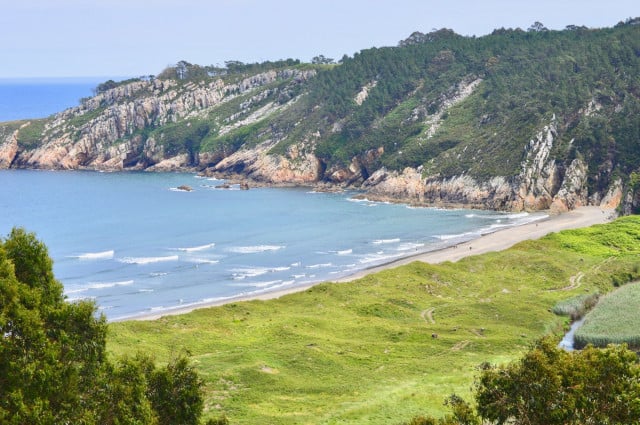
Located between Navia and Valdés, this beach is reached via a long winding footpath or via a staircase cut into the rock of the cliffs. Popular with nudists and surfers.
Playa del Silencio, Castañeras
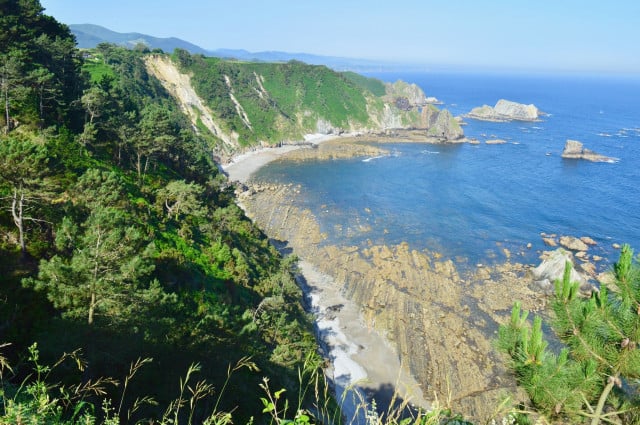
This stands out from other beaches on this stretch of coast because it isn’t sandy but instead a pebble. While that might be everyone’s idea of a great beach, the stony seabed makes it a brilliant place for snorkelling beneath the dramatic cliffs at high tide and exploring in rock pools when the tide is out.
Santa Marina, Ribadesella
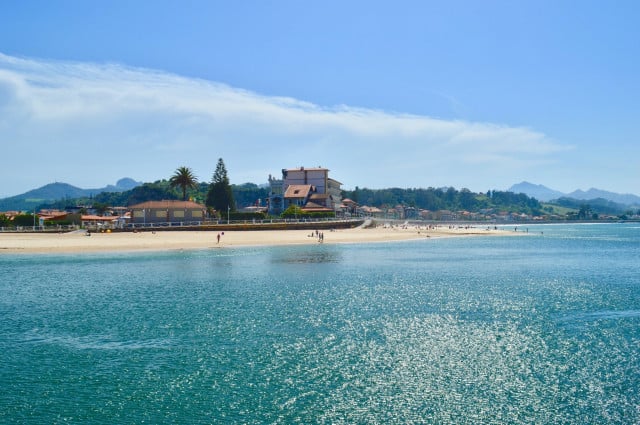
This beautiful stretch of fine sand lines the delightful coastal town of Ribadesella, a picturesque Asturian fishing port on a curving estuary.
CANTABRIA
The neighbouring region of Cantabria offers wonderful sandy beaches and dramatic coves where the cliffs tip into the Atlantic that are great for surfing and fishing. it also boasts some of the best city beaches in Spain.
El Sardinero, Santander
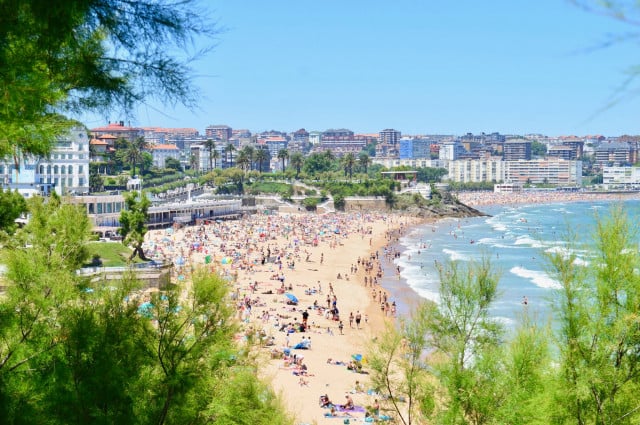
Named for the abundant sardines fished in these waters, this most famous of Santander’s beaches is a wide stretch of golden sand that gets packed out during the summer months.
Playa Del Camello, Santander
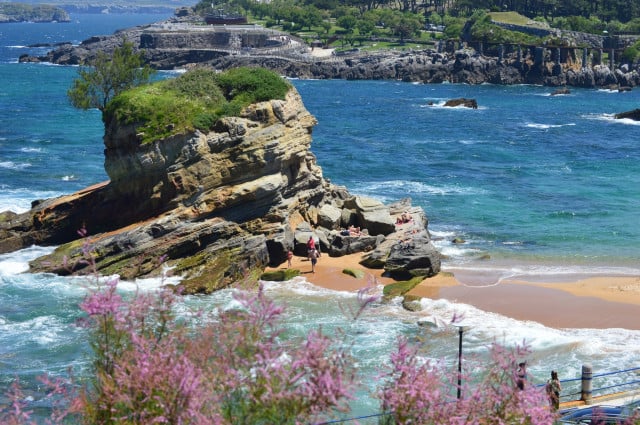
Named because of a rocky outcrop that resembles a camel, this beach in Santander is popular for the game of palas, a popular beach tennis particular to Santander.
Playa de Mataleñas
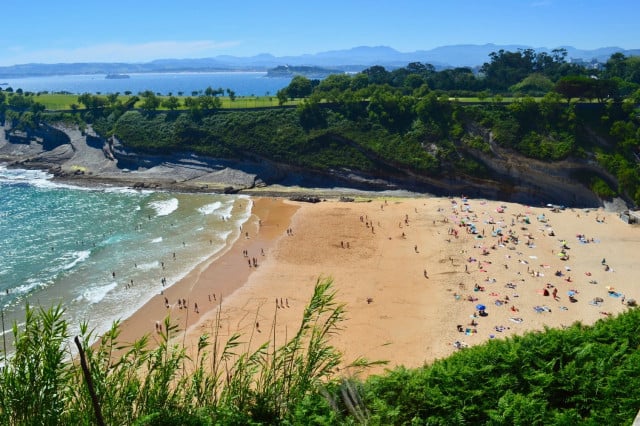
Reached via steep stairs, this beach is also in Santander located near the Cabo Mayor Lighthouse.
To see more of Logan’s favourite coastal spots, follow his Facebook page The Beach Hunter.
Do you have a favourite beach in Spain? Why not tell us in the comments below.

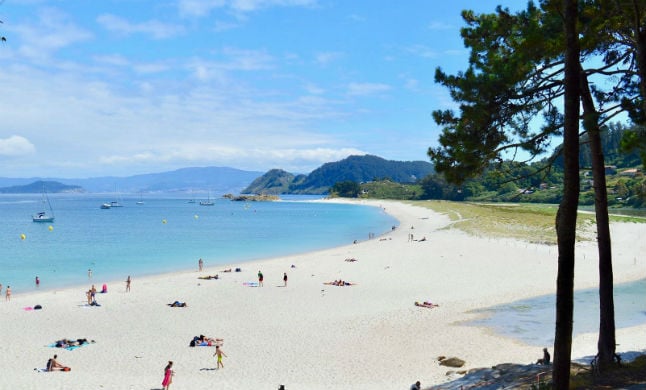

 Please whitelist us to continue reading.
Please whitelist us to continue reading.
Member comments